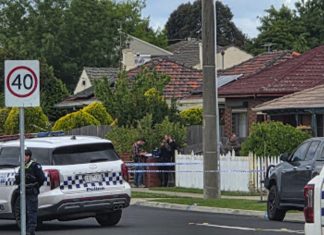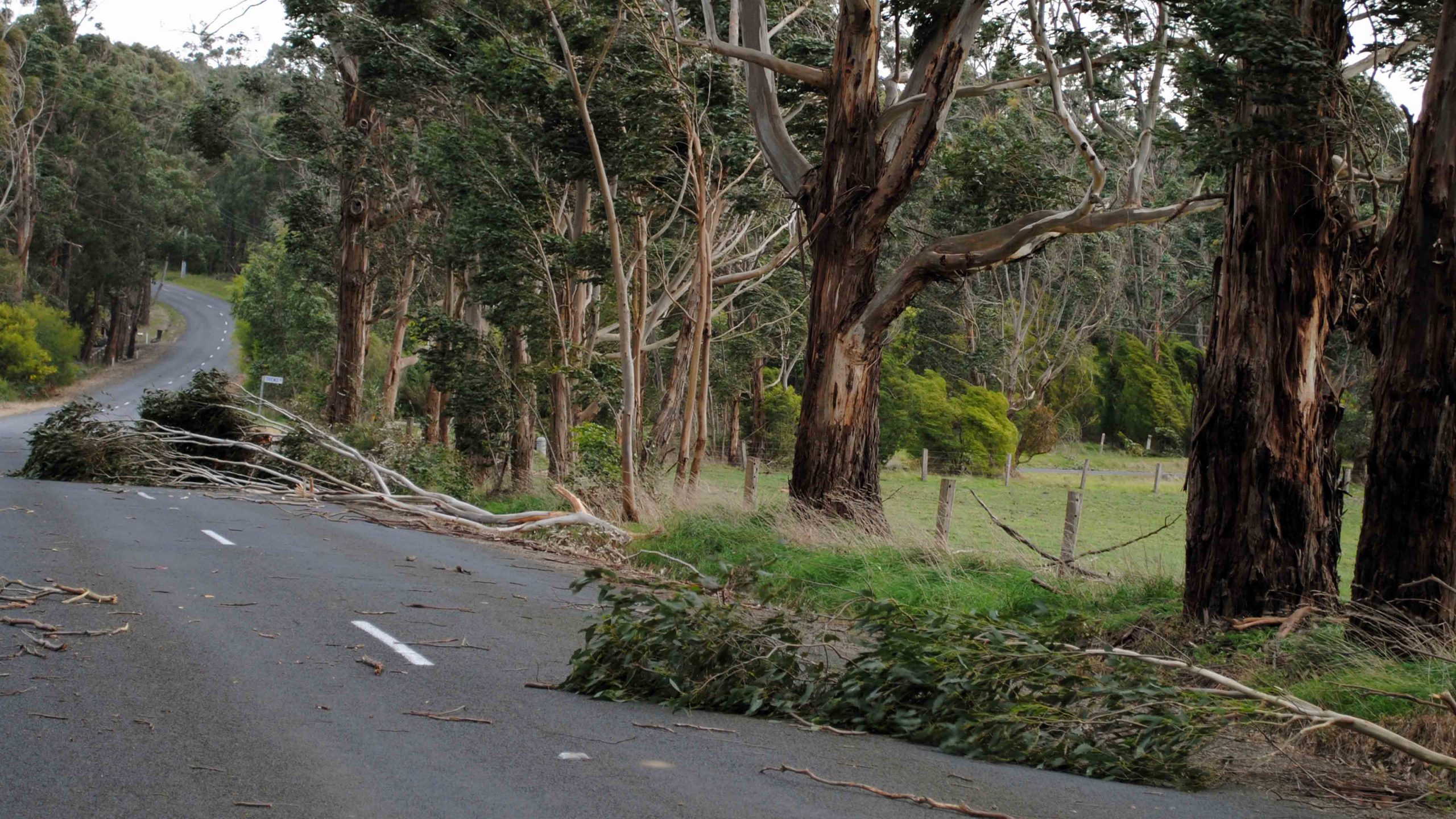THE Victorian Premier says mine companies have had a ‘sneaking suspicion’ they’ve needed to put aside more money for rehabilitation liabilities.
“For too long a number of very profitable businesses have not put aside enough money to be responsible to do the right thing,” Premier Daniel Andrews said in Morwell on Friday.
It follows the State Government’s announcement it would increase existing bonds to 50 per cent of the mine’s self-assessed value by June this year and 100 per cent by January 2017 while developing a more effective system for mine rehabilitation.
The Yallourn mine has a current bond of $11.46 million that will be increased to $34.25 million by June, and Hazelwood’s and Loy Yang’s currents bonds of $15 million will be increased to $36.7 million and $56 million respectively.
Rehabilitation bonds, set as part of licence conditions, have gone unchanged for two decades, with each of the current bonds set when the State Electricity Commission was privatised.
The bonds were set to provide the government with sufficient money to rehabilitate a mine if the mine owner “walked away”.
Mr Andrews said it was “not good enough” for mine operators to put up a fraction of the cost to keep their mine safe and to rehabilitate their mines at the end of their useful life.
“Today’s announcement has put an end to that,” he said.
The bond changes come amid a government response to the Hazelwood Mine Fire Inquiry’s reports, announcing a further $51.2 million in the state budget to address all of the recommendations, including new health programs and a regional rehabilitation strategy to modernise regulation of coal mines.
Energy and Resource Minister Lily D’Ambrosio said the operation of mines impacted other operating mines and the broader Latrobe Valley community.
“We have seen too many bad stories of infrastructure collapse around mines,” she said, referencing the collapse of the Princes Freeway in 2011.
Environmental Justice Australia director of litigation Felicity Millner said mining companies would have known bonds were too low with substantial changes to work plans since privatisation.
“But this should have been obvious to government as well if they were doing their job properly. The regulator didn’t reassess bonds and put proper processes in place,” Dr Millner said.
“You can’t really expect private companies to say to government to add 100s of millions of dollars to the bonds, that’s the regulator’s job.”
The mine’s self-assessed mine rehabilitation costs were also found to be well below independent liability estimates at the Inquiry.
An independent assessment by American technical services company AECOM estimated the cost of rehabilitation mines in the hundreds of millions.
The report said conservative but realistic estimates of the liability cost of end of mine life was $266 million for Yallourn, $286 million for Hazelwood and $305 million for Loy Yang.
Dr Millner explained the differentiation recognised the cost of outsourced third party labour, rather than mine-owner estimates using in-house labour.
“The whole point of a bond is if the mine doesn’t undertake rehabilitation themselves,” she said.
EnergyAustralia and ENGIE declined to address the Premier’s comments.
“EnergyAustralia will continue to work with government to meet its obligations to rehabilitate the Yallourn coal mine and ensure any fire risks were appropriately managed,” an Energy Australia spokesperson said.
AGL Loy Yang general manager Steve Rieniets said the company believed it was critical that the Latrobe Valley community had confidence in the operational systems, plans and process of mine operators.











